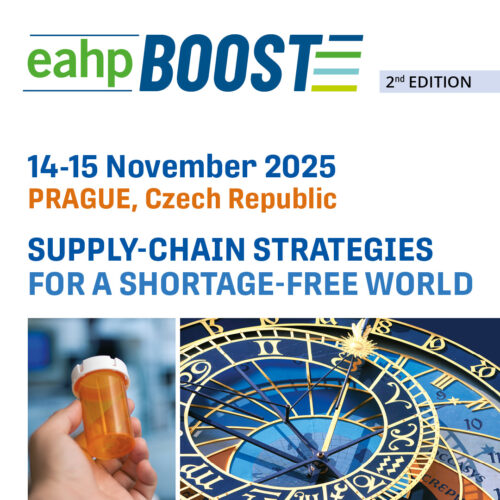Development of a clinical pharmacy program for very frail elderly hospitalized patients
European Statement
Clinical Pharmacy Services
Author(s)
Baptiste Fulbert, Florian Poncelet, Marilyne Legrand, Céline Mongaret, Dominique Hettler
Why was it done?
Very frail elderly patients are a particularly high-risk population due to their frequent multi-medication and the risk of associated adverse effects.
Clinical hospital pharmacists play an increasingly important role in patient care.
What was done?
We developed a program comprising several clinical pharmacy services for very frail elderly hospitalization.
How was it done?
We conducted a 3 month prospective study in short and middle geriatric stay included patients admitted in emergency department aged at least 75 with a Short Emergency Geriatric Assessment (SEGA) frailty score above 11. We performed, as clinical pharmacy services, best possible medication history (BPMH) in the emergency department and medication reconciliation at admission (MRA) in hospital ward and medication review during hospitalization. Medication reconciliation at discharge (MRD) was carried out on a geriatric medicine unit over 2 months. All activities were performed by pharmacy students, two residents and a pharmacist.
What has been achieved?
120 patients were included. 96 BPMHs were performed : 62 in emergency department and 34 in hospital ward.
MRA was performed for 81 patients (68%), identifying 774 discrepancies of which 19 (3%) were unintentional discrepancies (UD), 6 (32%) involving Digestive Tract and Metabolism drugs. 9 (47%) of these UDs concerned omissions.
During the 163 medication reviews, pharmacist performed 98 pharmaceutical interventions (PIs) for 53 patients, with an acceptance rate of 56%. Most of drugs involved with the acceptance rate was Nervous System drugs (20;36%) and Digestive Tract and Metabolism drugs (16;29%). Among the accepted PIs, 22 (40%) relate to dosage adjustment.
Finally, MRD was performed for 25 (21%) of patients identifying 256 discrepancies, 8 of which (3%) were UDs, mainly involving Digestive Tract and Metabolism drugs (5;63%). 5 (63%) of these UDs concern omissions.
What next?
The high number and nature of the discrepancies support the idea that this population is a relevant target for a clinical pharmacy program.
This program could be applied in other hospitals with the hospital pharmacists and provide a better care for these patients.
The development of MRD in geriatric wards and collaboration between hospital pharmacists and primary care professionnals, by a discharge summary to handover the changes between the entry and the exit prescription can complete this study.
























